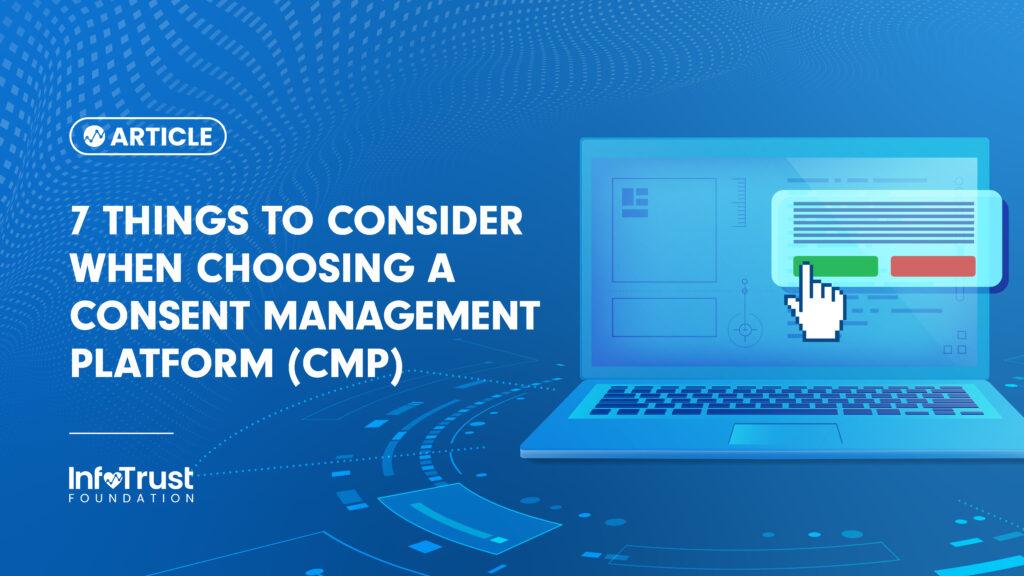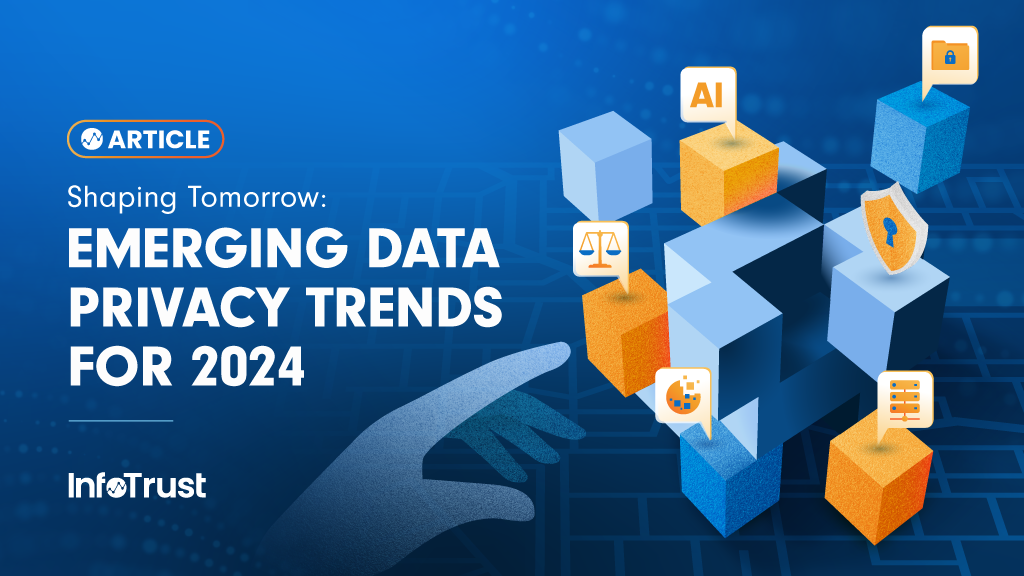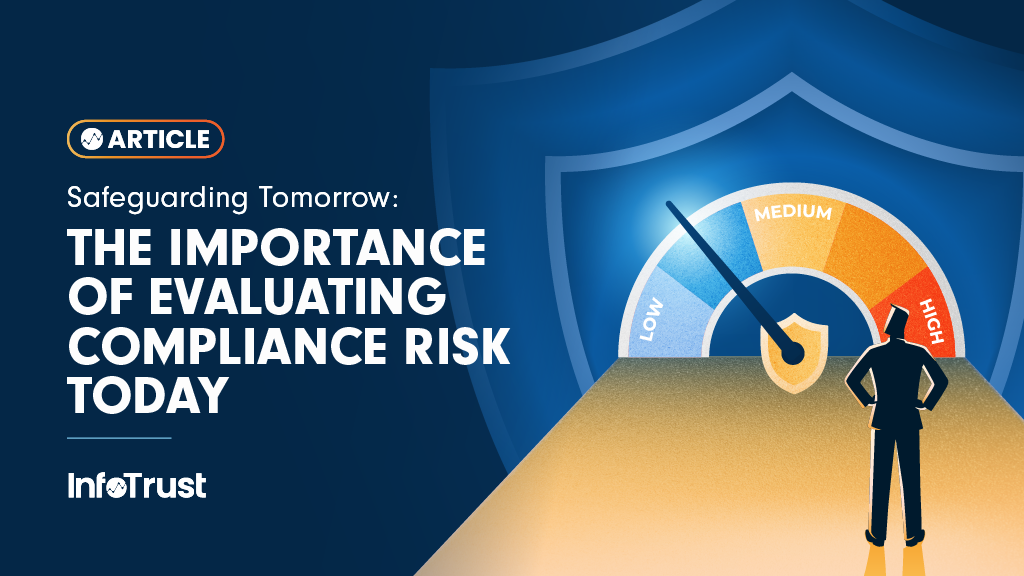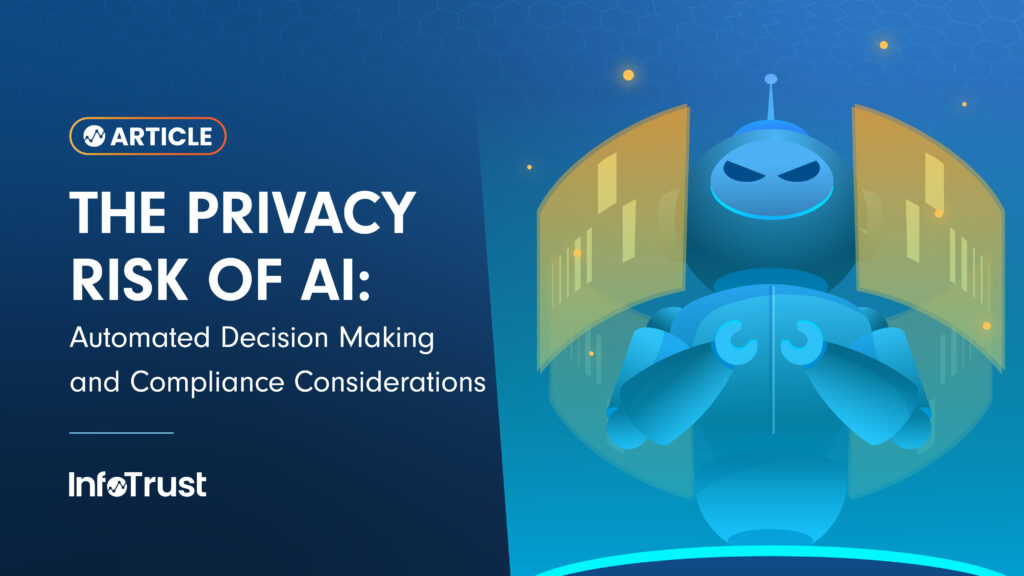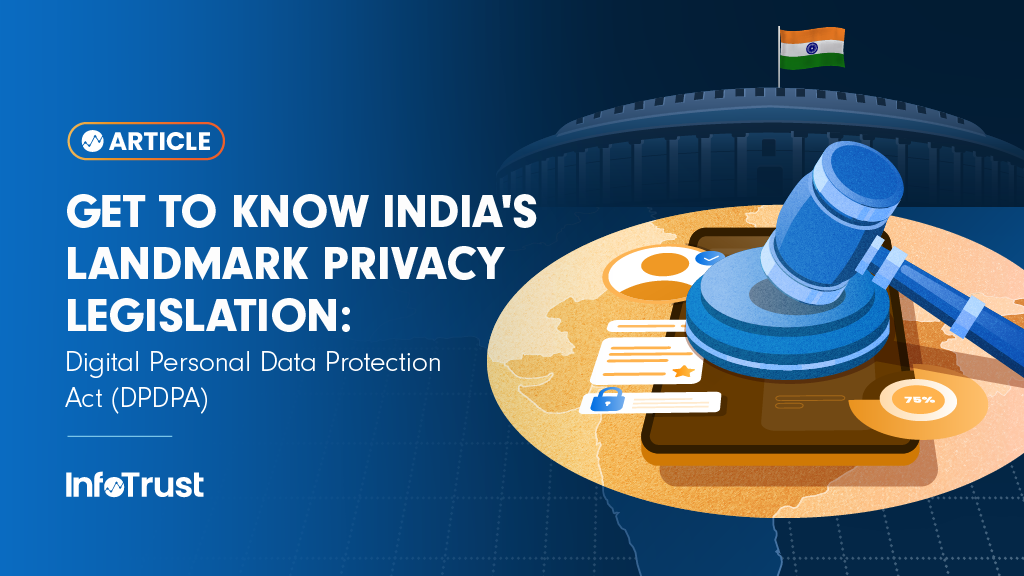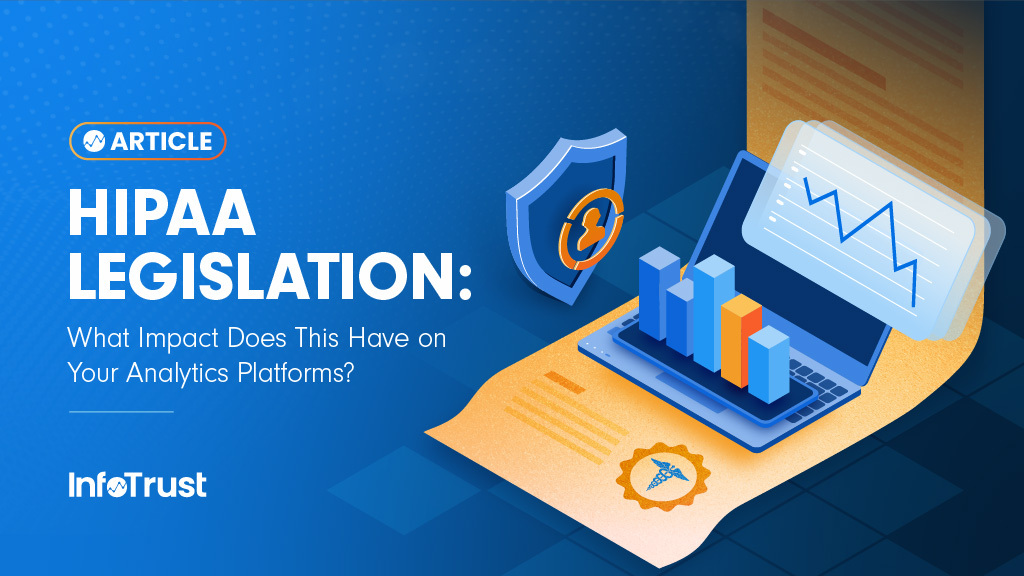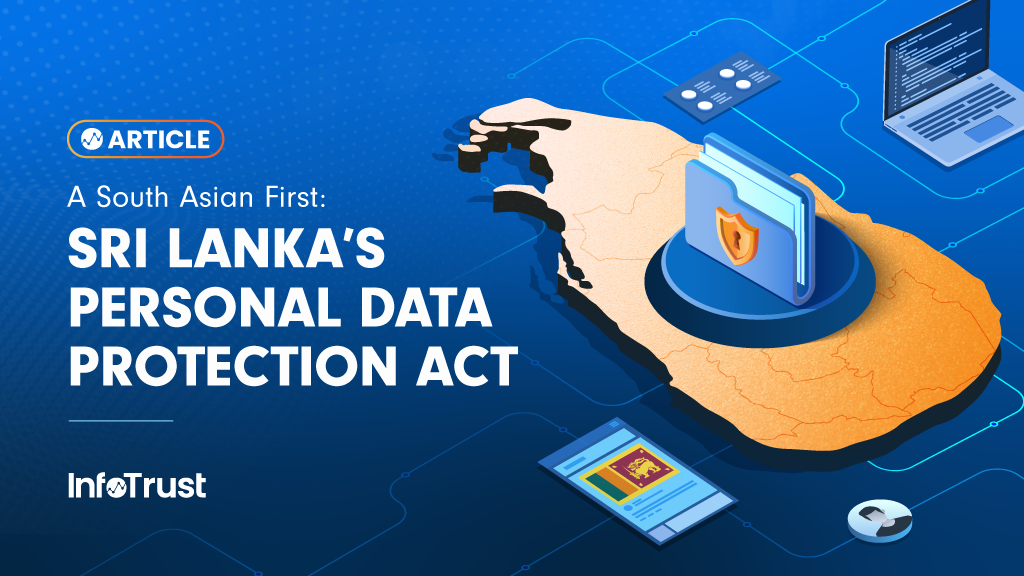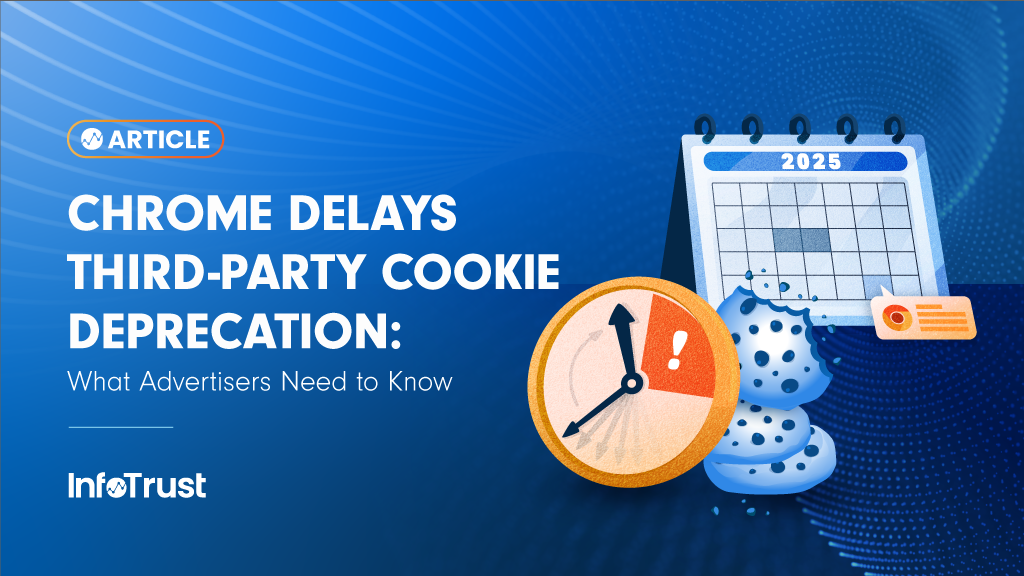As the online privacy landscape is advancing, the number of consent management platforms available is increasing and the regulatory requirements for organizations to comply with are becoming more nuanced. While at one point your organization may have been able to utilize a simpler or in-house built tool, we are finding that there can be gaps in what you are needing to do to stay compliant and the features of your consent management platform.
Based on our experience supporting single brand, multi-brand, and global organizations in this space, we have determined that there are a few key things to keep in mind as you begin to research a new consent management platform, or look for an upgrade to your current tool.
1. GeoLocation Settings
If your website serves users in multiple locations, then it is important that your consent management platform allows for custom experiences based on geolocation. There are differing regulatory requirements per region, and the ability to customize banner behavior and verbiage by location is critical. Also, if there are regions where requirements are not as strict, then you don’t want to be forced to apply your strictest policy and unnecessarily block data collection. If your organization would like fine-tuned controls to be able to further customize data collection for specific platforms based on user region, then the ability to access a user’s geolocation from the consent management platform via the dataLayer, browser cookie, or an API call will be a feature you should seek out.
2. Banner Customization
For distributed organizations, the ability to configure your consent management platform to support multiple brands is a key factor. The banner experience that a user sees on your site should be reflective of each distinct brand—from the logo, colors, and verbiage. To accomplish this, tools normally provide design options in the tool interface itself, or allow for custom CSS support. Options inside the tool are more user friendly, but in certain cases can be limiting. CSS customization is virtually limitless, but comes with the need for more technical skills to set up and maintain. And, if a tool allows for both options, then win-win!
3. Consent Behavior and Implementation
As consent management platforms increase in popularity, there are new and innovative ways that these platforms are handling data collection in a consent environment. Some platforms request a user to provide their consent and then conditionally trigger tags on their site (page source, tag management system, etc.) based on those preferences. Other tools will block network requests and delete cookies based on a user’s consent selections. Consider what type of behavior best suits your organization’s needs and gather this information from each platform you are evaluating.
In terms of implementation, review the details of how the platform is installed into your site and integrated into your current data collection architecture. Is it a simple script added to the site? Is there a mechanism that other tools, like your tag management system, can access user’s choices from a cookie or dataLayer event? Does the tool not only support pageview tracking, but also custom event tracking that is an essential part of holistic data collection? Some of these conversations may benefit from having a more technical resource familiar with your site to help understand potential conflicts.
4. Global Privacy Control Support
As an avid internet user yourself, you may be familiar with the experience that every site you visit requires a separate consent choice. But, there is a browser option that is included in certain privacy regulations that require sites to automatically decline consent based on GPC signal, aka ‘Global Privacy Control’. GPC is a browser setting that notifies websites of a user’s privacy preferences by sending a signal to each website a user visits. The tool you choose should provide this option, as it is one of the components that caused a major U.S. beauty retailer to be found in violation and face hefty fines.
5. Google Consent Mode Support
If your organization currently utilizes the Google marketing stack, then you may be familiar with Google’s Consent Mode functionality that allows sites to augment their data collection in a consent appropriate fashion and capture modeled behavioral and conversion data in platforms like Google Analytics 4, Google Ads, and Campaign Manager. A component of implementing this functionality relies on knowing the updated user consent choices. Naturally, the consent management platform is the perfect tool to be able to send this information to Google. Many of the most popular CMPs have the ability to turn this on or off for your specific setup.
6. Cross-Device & Cross-Site Support
There are two elements to consider here:
- remembering a user’s consent choices if they have logged into your website across different devices
- remembering a user’s consent choice if they access different brand sites owned by your organization
The CPRA is an example of one regulation in which this functionality is important. It is also the feature that is probably the most difficult to implement into practice as it involves multiple systems working together across multiple brands.
7. Vendor Support and Resources
And last, but definitely not least, is the support and resources available to your organization when you commit and license their tool and spend valuable time integrating it into your website. Some questions to consider asking to make sure your team is set up for success:
- What technical documentation and resources are available for our teams to ensure successful implementation and maintenance of the platform?
- What level of initial and ongoing support do you provide? (dedicated person, ticketing support, etc.)
- What support do you provide for integrating the CMP into our existing tag management system?
- For large-scale organizations, what scalability features are available (ex: bulk editing, API support, templates) to reduce manual efforts?
As it turns out, not all consent management platforms are created equal. But, with the right background knowledge and questions prepared, you will be equipped to make the best decision for your organization and users’ privacy in mind. If you need further support configuring your consent management platform or integrating it into your tag management system, reach out and let us know.
